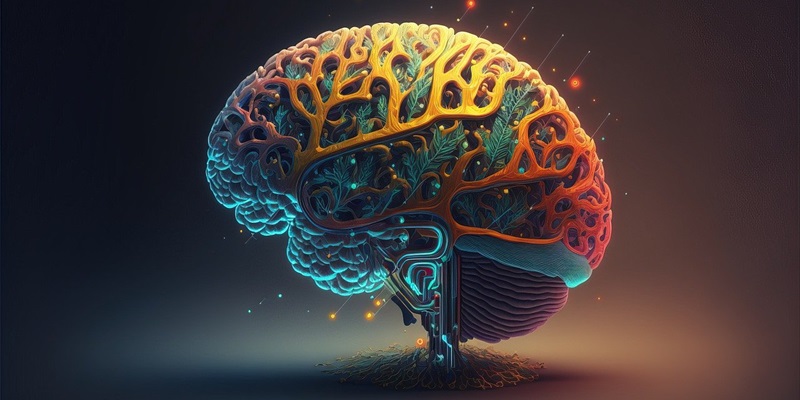Anthropic, a leading startup in AI development and a rival to OpenAI, has made waves in the generative AI (gen AI) industry by taking a bold step toward transparency. In a sector often criticized for its "black box" operations, they have released system prompts for their Claude family of AI models. This move is not just a deviation from typical industry practices but potentially a new benchmark for AI transparency.
Unveiling System Prompts: What It Means
System prompts act as the instruction manuals for large language models (LLMs), guiding these sophisticated systems on how to interact with users. They encompass rules, behavioral guidelines, and the knowledge cut-off dates for the training data utilized. Despite their critical role, these prompts are rarely disclosed to the public, often remaining shrouded in secrecy.
Anthropic’s preemptive public release of these prompts is a groundbreaking move in an industry that generally shields such information. By lifting the veil, Anthropic provides valuable insights into how their models operate, making strides toward demystifying the decision-making processes of their AI systems. This transparency allows users and developers alike to gain a clearer understanding of the guiding principles behind the AI’s responses, fostering a greater sense of trust.
Breaking Down the Claude Models
With this release, Anthropic has provided details for three key models—Claude 3.5 Sonnet, Claude 3 Haiku, and Claude 3 Opus—each with its own set of capabilities and focus areas. Claude 3.5 Sonnet stands as the most advanced, with an updated knowledge base as of April 2024. This model is designed to handle complex queries with detailed responses while maintaining succinct answers for simpler questions. It is particularly cautious about sensitive subjects, providing balanced viewpoints and avoiding stereotypes.
On the other hand, Claude 3 Opus, updated as of August 2023, excels in efficiently managing tasks of varying complexity. It shares behavioral traits with Sonnet but does not adhere to such a rigorous set of guidelines. Lastly, Claude 3 Haiku focuses on speed and efficiency, offering quick and concise responses, making it optimal for straightforward questioning. By categorizing these models based on their strengths, Anthropic allows users to select the one that best fits their needs, whether it’s detailed analysis or rapid responses.
Addressing the "Black Box" Problem
One of the major criticisms faced by AI-driven systems is the "black box" nature of their operations. Users and developers struggle with understanding how these models reach their decisions, which can lead to mistrust and ethical concerns. By revealing system prompts, Anthropic takes significant steps to address these issues. This initiative aligns with ongoing research in AI explainability, a field devoted to making AI decisions more transparent and understandable. By divulging their system prompts, Anthropic supports efforts to make AI less enigmatic and more user-friendly, potentially setting a precedent for the rest of the industry.
This transparency does more than just educate the public; it can also enhance ethical accountability. Developers are now better equipped to ensure that these AI models are used responsibly, reducing the risk of misuse. It essentially opens the door for more collaborative improvements and refinements in AI technology, fostering an environment where constructive feedback can contribute to the evolution of more ethical and reliable AI models.
Industry Reception and Impact
Anthropic, a prominent startup in artificial intelligence development and a formidable competitor to OpenAI, has created a significant stir in the generative AI (gen AI) industry by making an unprecedented move towards transparency. While the AI sector is frequently criticized for its enigmatic "black box" operations, Anthropic has broken industry norms by releasing system prompts for its Claude family of AI models. This decision represents more than just a deviation from standard practices; it could set a new standard for transparency in AI.
The release of these system prompts allows for unprecedented insight into the underlying mechanics of AI models, offering an opportunity for developers, researchers, and the broader public to better understand how these systems operate. This initiative could potentially demystify the AI process, address some of the ethical concerns related to AI development, and foster a more informed dialogue about the technology’s implications. By lifting the veil on their AI processes, Anthropic not only enhances credibility but also challenges other industry players to adopt similar levels of openness, marking a pivotal moment in the evolution of AI transparency practices.

